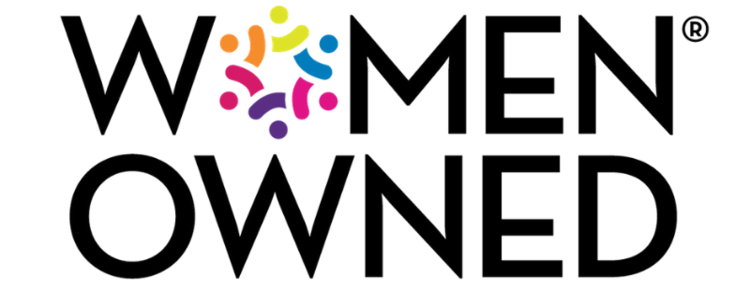Most business writing projects are extremely important to do well and get right. Whether it’s a report for stakeholders, a scientific paper for a technical audience, or a proposal soliciting new business, significant dollars may be at stake. In some cases, the results generated by the written work could affect the future of the business, and how you give their writing feedback can transform their work.
So, most businesses are very careful about how they produce and then vet written works, with the most important pieces typically circulating through multiple management levels for review and approval. Inevitably, that review process will generate feedback for the original writer(s).
However, that feedback process can be less than effective, especially if the feedback is one-way only.
For one thing, this under-utilizes the writer’s talents. It’s easy for reviewers to get caught up in relatively trivial aspects of the writing (“use this wording”) and lose sight of larger objectives (“does this section help achieve the piece’s goals?”) to which the writer could suggest alternative approaches.
For another, a poorly constructed feedback loop will be prone to misunderstanding and misinterpretation, resulting in more revision cycles than necessary. Indeed, research has found that reviewers often think their feedback is more helpful than recipients actually find it to be.
Instead, revisions and feedback should be treated as a dialogue between reviewers and writers, a conversation that actively involves both parties collaborating to improve the work. But how can a business go about structuring a healthy feedback dialogue process in that way?
- Expectations should be established upfront, so writers know what reviewers will be looking for. This is part of the reason why it’s so helpful to create writing rubrics, as we’ve discussed before.
- Understand that not all writers receive feedback the same way. For example, one study found that people considered experts in their field seek out ways to improve, even if it means dealing with negative feedback. Novices, by contrast, are more likely to seek out and respond to praise. You need to engage with the writers to understand how they’re receiving the feedback.
- Keep your sights set on the goal, not on the means. Animation studio Pixar uses a feedback technique they call “plussing.” They frame feedback in terms of positive outcomes, and they’ll use discussion prompts like “what if” questions rather than dictating changes.
- Preserve at least some of the writer’s autonomy. The writer has a degree of ownership over the material, and a unilateral feedback process can inadvertently strip that away from them. That, in turn, leaves the writer less invested in the work and can cause resentment. If writers can work in tandem with reviewers to determine edits, it preserves both their sense of autonomy and their personal stake in the work.
- Get help. Feedback is an art and crafting an effective review and feedback process can be challenging. Solicit input from experts to maximize the effectiveness of your own.
About Hurley Write, Inc.
Hurley Write, Inc., a certified women-owned small business (WBENC and WOSB), Historically Underutilized (HUB), and Disadvantaged Business Enterprise (DBE), has been designing and teaching customized onsite and online technical, business, and scientific writing courses for over 25 years. We also develop and teach specialty courses, such as how to write proposals and standard operating procedures (SOPs) and deviation and investigation reports, and how to prepare and give great presentations.


